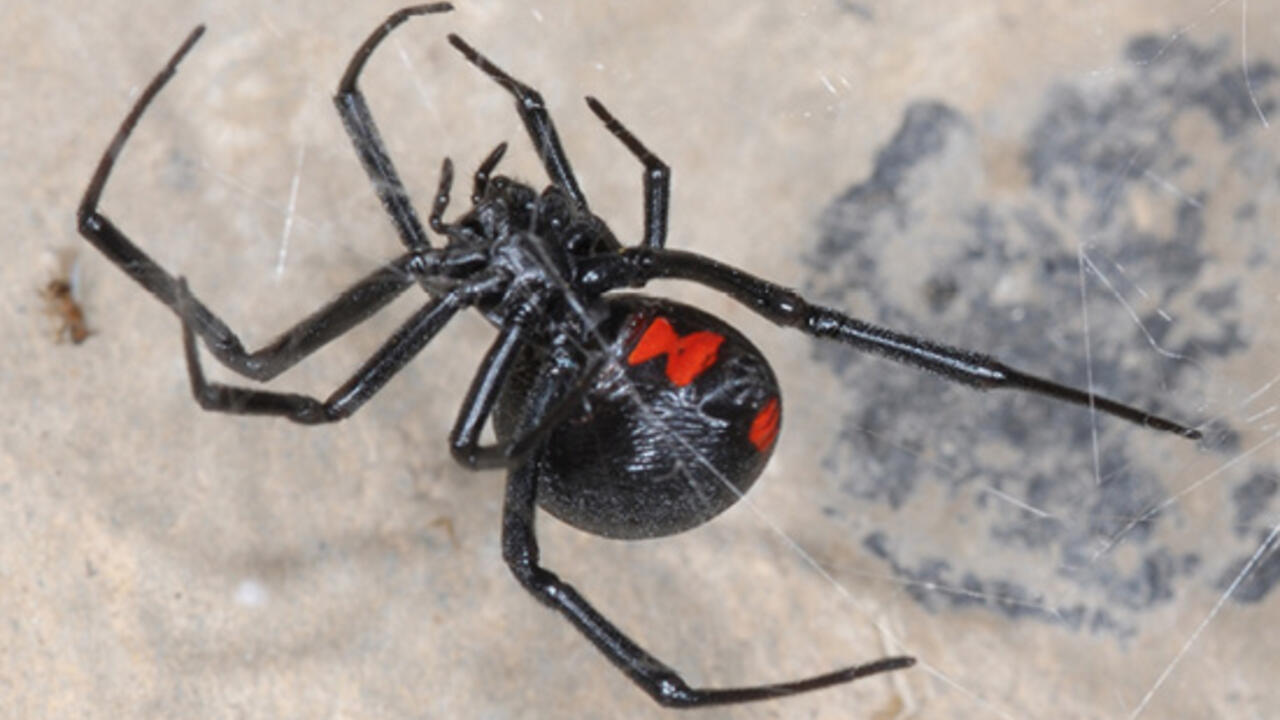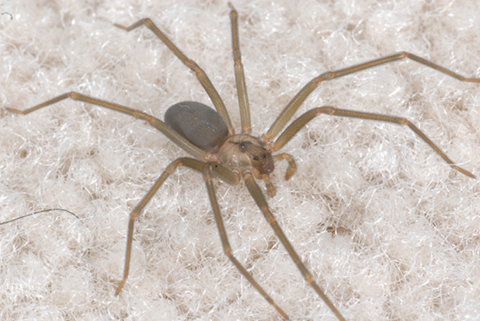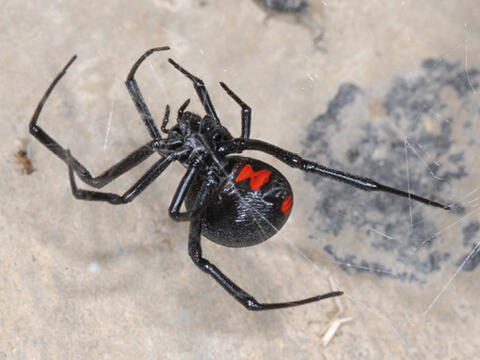Extension for Real Life
Brown Recluse vs. Black Widow Spiders

bw_hourglass
It’s spooky season, and there’s nothing as spooky to some people as a creepy-crawly spider! Many people have arachnophobia, or the fear of spiders. In fact, around 3-15 percent of the population gets the heebie-jeebies when they encounter a spider!
The brown recluse and black widow are often top of that list. Even if you are not afraid of spiders, it’s important to remember that both spiders are venomous. Do you know how to distinguish them from other spiders?

Brown Recluse Spider:
- Typically measures between 3/8 to 1/2 inches long, excluding legs. It has long legs that make the body appear larger.
- Has a fiddle-shaped structure that stretches over its head and thorax, which is technically referred to as the cephalothorax.
- Appears to have no hair.
- Has six eyes, unlike most spiders, which have eight.
- Primarily found indoors in dark spaces like attics, closets, and behind furniture. Can be found outdoors under rocks or debris.

Black Widow Spider:
- Has a distinct shiny black body with a red hourglass mark on the underside of its abdomen.
- Females are larger than males. Females measure around 7/16 of an inch long. Males are less likely to be encountered.
- Primarily found in outdoor habitats, including crawl spaces, under rocks, and in old structures.
What happens if you are bitten by one of these spiders?
Brown recluse bites often swell up and turn red. As more venom spreads, the bite will turn deep blue or purple. Eventually the wound will ulcerate. It’s recommended to seek medical attention if you suspect you have been bitten.
If bitten by a black widow, immediately visit your doctor. Many bites go unnoticed at first, but can quickly escalate to severe pain, muscle cramps, and other symptoms due to the venom.
Knowing the physical differences of these spiders can help you avoid being bitten or know when to get treatment if you are bitten. For additional information on brown recluse and black widows, check out MSU Extension Publication 2154, “Spiders: Brown Recluse and Black Widow.” You can also view pictures and learn how to control these spiders.
Authors
-
 Marketing & Communication Coor
Marketing & Communication Coor- Agricultural Communications